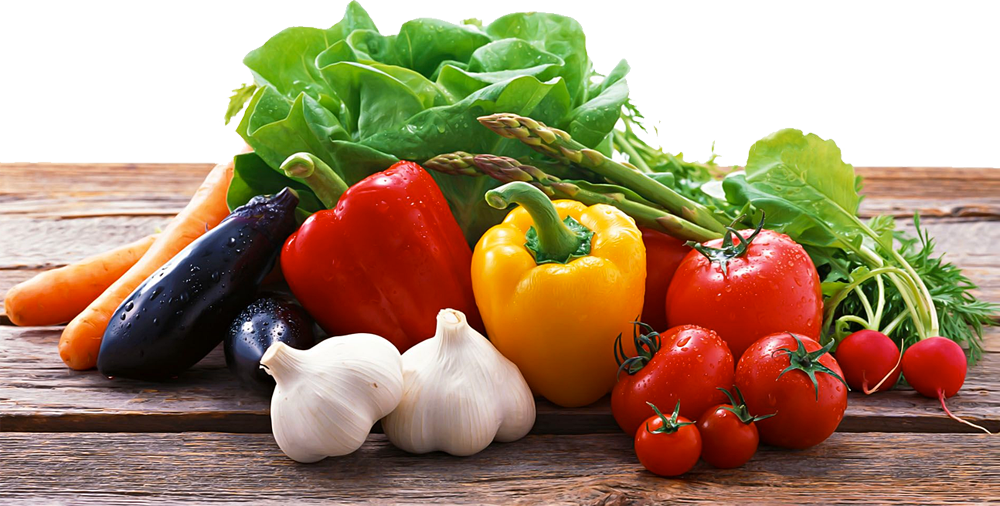Peppermint
(Mentha × piperita, also known as M. balsamea Willd)
 |
Peppermint is a herbaceous rhizomatous perennial plantgrowing to 30–90 cm (12–35 in) tall, with smooth stems, square in cross section. The rhizomes are wide-spreading, fleshy, and bare fibrous roots. The leaves are from 4–9 cm (1.6–3.5 in) long and 1.5–4 cm (0.59–1.6 in) cm broad, dark green with reddish veins, and with an acute apex and coarsely toothed margins. The leaves and stems are usually slightly hairy. The flowers are purple, 6–8 mm (0.24–0.31 in) long, with a four-lobed corolla about 5 mm (0.20 in) diameter; they are produced in whorls (verticillasters) around the stem, forming thick, blunt spikes. Flowering is from mid to late summer. Peppermint is an excellent carminative, having a relaxing effect on the muscles of the digestive system, combats flatulence and stimulates bile and digestive juice flow. It is used to relieve gas and wind, any resulting intestinal colic, flatulent dyspepsia and associated conditions. The volatile oil acts as a mild anaesthetic to the stomach wall, which allays feelings of nausea and the desire to vomit – however, it will also relax the oesophageal sphincter, and therefore may increase symptoms of heartburn and acid reflux. It helps to relieve the nausea & vomiting of pregnancy and travel sickness. Peppermint can play a role in the treatment of ulcerative conditions of the bowels. It is a traditional treatment of fevers, colds and influenza, especially in conjunction with other herbs such as what is included in our YELP tea mix. As an inhalant it is used as temporary relief for nasal catarrh/ congestion. This can be done using the dried herb in boiling hot water in a steam inhalation when the oil is not available.. Where headaches are associated with digestion, Peppermint may help. As a nervine it eases anxiety and tension. In dysmenorrhea (painful periods) , it relieves the pain and eases associated tension. Externally it is used to relieve itching and inflammations. Tips: A tiny vase of fresh mint sprigs gives a cool fragrance to a room. The secret is to crush 2 or 3 leaves and drop them inside the vase before arranging the sprigs. Also tuck sprigs of mint in your centerpiece on the dining room table. |










